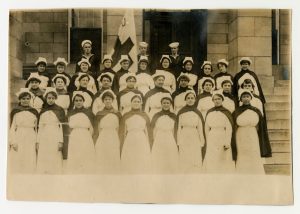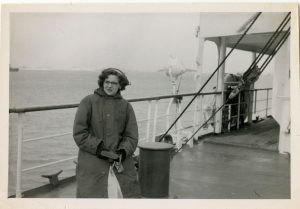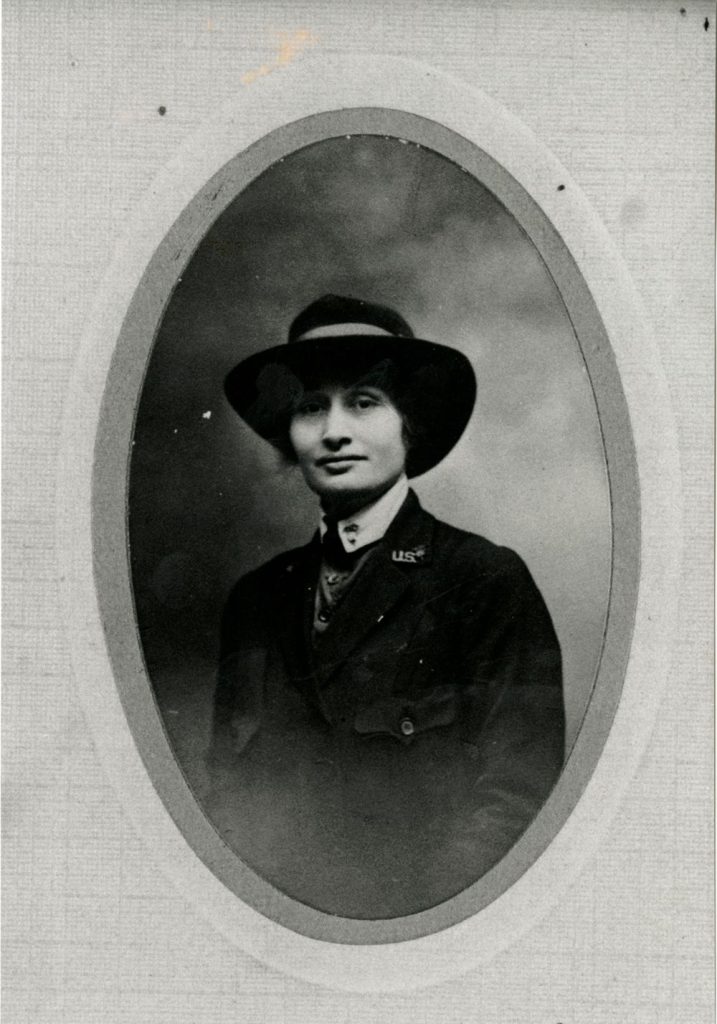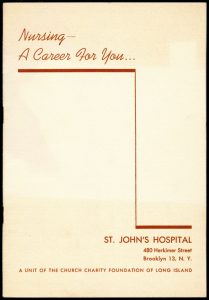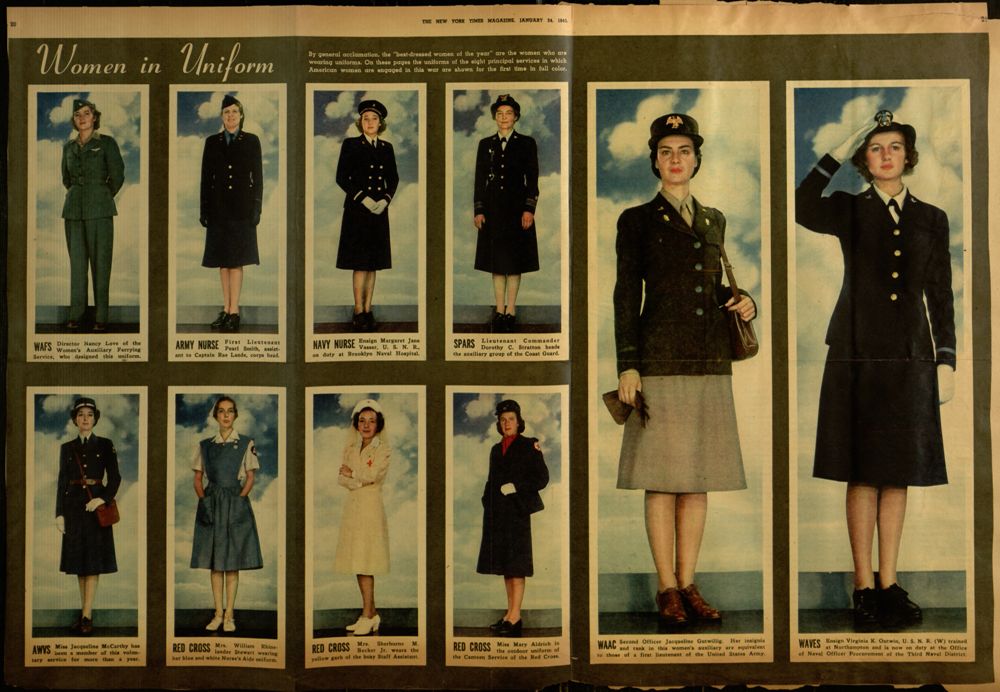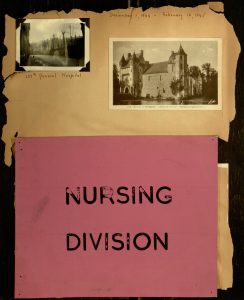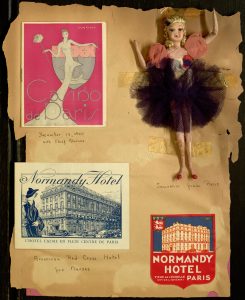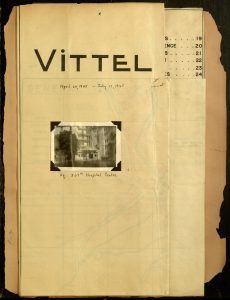Papermaking Mills in Pennsylvania
Villanova University’s Digital Library presents and preserves digital collections of selected holdings from our University Archives and Special Collections, as well as partner materials including institutional partners as well as individual donors. A recently added title from my own family’s bookshelf, Along the Pathway from Fibre to Paper, shares a rare, illustrated history and step-by-step detail of the papermaking process in one of Philadelphia’s many paper mills at the turn of the twentieth century.
Riverside Paper Mills
The booklet was produced by W.C. Hamilton & Sons, owners of the Riverside Paper Mills, “where good paper has been made since 1853” – according to its title page. The description opens with the history and long tradition of the papermaking industry in the Philadelphia region including the very first paper mill built in North America, established by William Rittenhouse in 1690.

Endpaper
The Riverside Paper Mills were located in Whitemarsh township, Montgomery County, situated on the Schuylkill River. The area, adjacent to Roxborough, Philadelphia and formerly known as Lafayette Station, is now known as Miquon.
An explanation of the company’s trademark image and the name “Miquon” is given. The trademark, appearing on nearly every page as well as the book’s endpapers, depicts the face of William Penn within a round circle over a feather quill pen, with the words – MIQUON – RIVERSIDE MILLS.
The origin of the name Miquon is said to derive from a meeting of Lenape people with William Penn. Penn’s interpreter, searching for a way to translate Penn’s name, pointed to a goose quill on the ground and said, “Onas, signifying a Quill or Pen. But his familiar name was Miquon” [8].
The Papermaking Process
The book then details the many steps and processes of turning wood fiber to paper, with large photographic plates of the machinery and workers to illustrate each step. The second half of the book incudes samples of the final products, including Hamilton’s Fine Writing paper, buff colored paper, and envelope papers.

“The Steam Splitter”

“The Fourdrinier Paper Machine. Dry End.”
My favorite part of the whole publication is, of course, that it belonged to my great-great-grandfather. A dedication bookplate on the front fly leaf reads, “Harry West, associated with W.C. Hamilton & Sons / Riverside Paper Mills / Lafayette / Montgomery County / Pennsylvania / for twenty-seven years / is the owner of this descriptive-history of the institution he has helped to build.” Signed by Freas B. Snyder, President. [Dated] 7/1/21. being no. 19 of 350 copies.” The italicized words are hand-written in the intentional blank spaces left in the printed text. I love that there is a blank space for he (and therefore, also presumably for she) indicating that copies were likely given to both men and women who worked in or were associated with the mills.
Unfortunately, Harry West died at the mill in 1925. His death certificate indicates that he was working as “Head Drainer” and cause of death listed as “crushed skull, cervical vertebrae, and left shoulder by belt driven pulley at W/C Hamilton & Sons White Marsh Township, Monty Co., Pa.”
In 1999, the former mill buildings were preserved and redeveloped into an office complex (named River Park I and River Park II). Since 2012, River Park II has been home to the campus of AIM Academy, an independent school for grades 1-12.
For more on Paper and Papermaking in Greater Philadelphia see also: https://philadelphiaencyclopedia.org/essays/paper-and-papermaking/
If you have a unique or interesting item you would like to see digitized, please reach out to us at digitallibrary@villanova.edu.
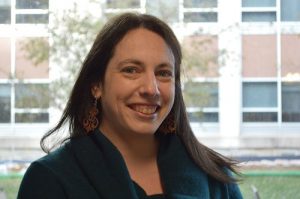 Rebecca Oviedo is Distinctive Collections Archivist at Falvey Memorial Library.
Rebecca Oviedo is Distinctive Collections Archivist at Falvey Memorial Library.

